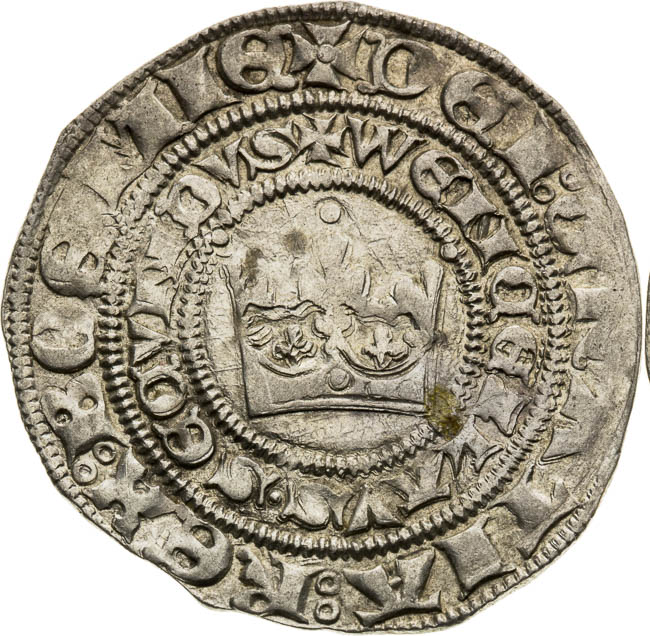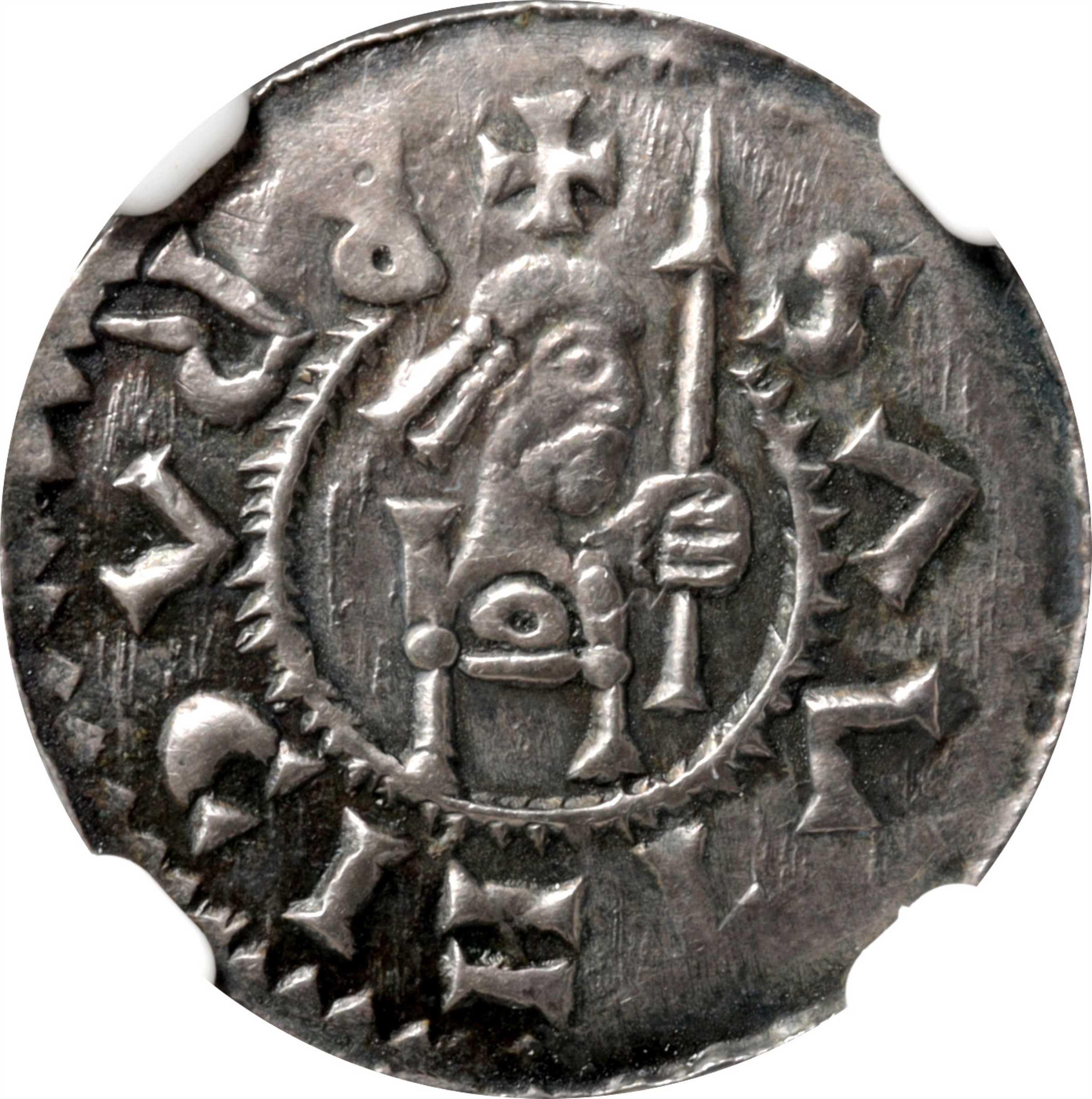Good Ideas For Janvier Processing Prague Mint Coins
Wiki Article
What Is The Purpose Of A Mould Made Of Plaster? Serve As The Primary Physical Representation Of A Gold Coin, Medal, Or Any Other Item?
There are several steps involved in the making of an "maquette" or mold made of plaster, which is that is based on the designs of a silver or gold coin. The initial step is to utilize the design from the medal or coin as the basis for your design. The design may be a hand-drawn sketch or a digital model made using graphic design software.Choosing a Medium- Plaster is the most common material used to create maquettes due to its flexibility and its ease of shaping. The wax or clay could also be used.
Plaster Preparation- The plaster is mixed with water to achieve a consistency that can be manipulated. To ensure a clean mould the mix must be smooth and free of lumps.
This base is where the maquettes are sculpted. This base is usually an unfinished wooden board or a flat and stable surface.
Sculpting Maquette The artist makes use of the design of gold to guide him when sculpting it into the plaster. The process involves shaping the plaster to form the relief or three-dimensional image of the coin or medal.
Detailing Precision, Refinement, and Accuracy The artist's focus is on adding the details and reworking contours. They also make sure that they are accurate with respect to proportions. This stage requires attention to the finer details and accuracy.
Allowing time for the plaster to dry and hardenAfter a sculpture is finished, it needs some time to dry and set. This is to allow the maquette to harden and keeping its shape.
After drying the maquette, it's smoothed and finished to remove any imperfections, bumps or rough spots.
Sealing and Preserving - To preserve and preserve the maquette, and to prepare it for other processes such as scanning or molding, apply a sealant or protective layer on its surface.
The final plaster maquette functions as a tangible three-dimensional representation of the gold medal or coin design. The plaster maquette can be used to make molds to make mass-production production possible as well as to serve as a reference material to guide other steps of the manufacturing process. Take a look at the most popular Prague Mint gold coins plaster molds blog advice. including liberty gold coin, silver and gold buyer near me, gold bullion price, spanish gold coins, gold angel coin, gold eagle price, ngc grading, price of 1 oz of gold, 1oz gold price today, gold dollar and more.

What Are The Benefits Of Using Laser Technology For The Improvement Of The Gold Coin Die, Or Master Hub?
Laser technology used in die production or master hubs can be employed to refine the surface and increase accuracy. Here is how the laser technology can help refine the surface during this process.
Laser technology can be used to smooth the surface of the die or master hub after the initial machining. It can be used to smooth out imperfections, eliminate burrs or fix minor imperfections.
Detail Enhancement-
Laser ablation, or engraving techniques, are used to improve or increase the complexity of details on the hub master and die. Lasers have the ability to cut through materials or etch them precisely to create fine lines, textures and intricate patterns.
Microstructuring-
Laser microstructuring is the process of creating microscopic details or textures onto the surface of dies. This technique is used to impart particular patterns or textures which enhance the visual appeal or security features of metals or coins.
Surface hardening or treatment
Laser technology is used in certain instances to treat or harden dies or master hubs. This can enhance the wear resistance and durability of the material, and ensure long-term durability of the die during the process of striking.
Precision Alterations
Laser technology allows for precise alterations and corrections of the die or the master hub without impacting overall geometry. It allows for surface modifications, which can address any imperfections and discrepancies that could influence the quality of made-to-order metal or coins.
Controlled Material Removal
Laser ablation can be used to provide controlled removal of material, particularly in those areas where precise details need to be defined or altered. The material is removed with no contact, thus preserving the integrity of the area.
Laser technology utilized to refine surface and enhancement of specifics on masters and dies hubs will lead to greater precision, greater detail and a better quality surface. It allows for the precision manipulation and enhancement of surface properties, which are essential to produce high-quality coinage or gold-plated medals. See the best laser processing Czechoslovakia gold medals site info. including 1 oz gold bars, gold buffalo coin, $50 gold coin, $20 gold coin, gold medals michael phelps, canadian gold maple leaf, gold price jm bullion, gold coin prices, 20 dollar gold coin, silver double eagle coin and more.

How Do Gold Coins And Medals Receive Their Protective Coatings?
Gold medals or coins can undergo coating procedures for a variety of reasons, such as protection, enhancement of appearance, or to achieve certain aesthetic effects. Below are various coating processes that are used to protect Coatingsfor protection.
Clear Protective Coating (Varies)Clear protective coating, such as lacquer or a specialized polymer, may be applied to protect the surface against corrosion, oxidation, or scratches. This coating helps protect and preserve the original appearance of the coin or medal.
Enhancement of Appearance
Gold plating (or gold plating)- A thin layer or gold may be applied on the surface of gold coins or gold medals. The medal or coin will appear more luxurious and attractive.
Aesthetic Aspects
Patina or Antique Finishes - Specialized coatings or chemical treatments are used to achieve an antique-looking finish. The process results in an appearance of aged and darkened.
Coloration or coloring- Specific areas of a coin or medal could be colored with special coatings or enamels to emphasize the design elements, add contrast or to add visual interest.
Anti-Tarnish Coatings-
Anti-Tarnishing Solutions – These coatings are applied to coins or medals with intricate designs or areas that are susceptible for tarnishing. The coatings prevent oxidation and discoloration over time.
Specialized Coatings for Security, or authentication-
UV-Reactive or Luminescent CoatingsSome coins or medals might have specialized coatings that react to UV light and reveal hidden or encrypted elements for authentication or security purposes.
Selective Coatings To Enhance Contrast
Selective Coating Removal - Certain pieces of gold and coins have had their coatings removed in certain areas to make a distinction between the polished surface and the coated surface. This highlights design elements.
Each method serves a specific goal, whether it's to shield metals, enhance appearance, create certain aesthetic effects, or add security. These coatings have a significant impact on the appeal and lifespan of gold medals or coins and increase their value and appeal to collectors and enthusiasts. View the best coating Czechoslovakia gold coins blog info. including ngc grading, old coins, $5 gold coin, silver double eagle, krugerrand, gold price jm bullion, coin gold silver, gold coin with angel on both sides, gold and coin dealers near me, 2000 olympic and more.

Why Do Certain Gold Coins And Medals Appear To Have An Aged Or Antique Look?
This is the way it's done. This is how and why it's done.
Chemical Patination. The metal or coin is treated with acid or solution that creates patina. These solutions may result in an even tone or oxidation to give the appearance of aging or antique. This can be used to enhance design details and add depth.
Artificial Aging The use of chemical or mechanical techniques can be used to simulate the natural wear and tear that happens with age. The use of tools or abrasive treatments can cause wear or scratches to give the coin a more older appearance.
Toning and Staining: Specific solutions, also known as heating treatments are used to tone or stain the surface. The result is a variety of shades or hues. This can be used to simulate the natural discoloration and toning of skin that occurs over time.
Techniques for polishing and buffing The areas that are selected to be polished or buffed to remove the surface layer and highlight. This creates contrast and provides the appearance of aging and wear.
The Reasons to Create an Antique Appearance
Aesthetic Appeal: Some collectors or avid collectors prefer coins or medals with an antique appearance for their aesthetic appeal. The aged look gives the design character, depth, uniqueness, and is visually appealing.
Historical or Commemorative Significance- Medals or coins that commemorate historical events or periods might undergo aging processes that create an impression of authenticity from the past or to resemble coins from a particular era.
Collectors are more covetedCollectors of rare or limited-edition items are drawn to antique coins and medals. Their aged appearance can increase the value of collectibles.
Highlighting design elementsby creating contrast between raised areas and those that are recessed, aging processes can make intricate details of the design more evident.
Artistry - Minting authorities and artists may employ aging techniques to add depth, storytelling, or symbolic.
Give an antique look to gold coins and other medals as a deliberate art choice. It can evoke memories of nostalgia, provide visual intrigue, or convey the past. It's important to maintain the coin's authenticity and intrinsic value while maintaining an aesthetic appearance. Take a look at the top rated antique finish of Czechoslovakia gold coins website advice. including 2000 sacagawea dollar, spanish gold coins, buy gold pieces, gold angel coin, bullion dealers, silver double eagle coin, kruger rand, gold bullion bar price, gold sovereign coins, 2000 sacagawea and more.
